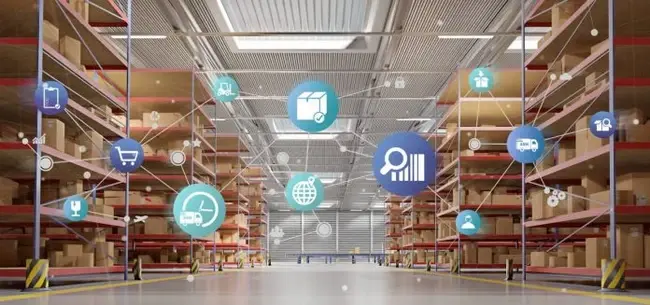
Keeping the scales balanced
Predictive analytics is turning decision making on its head. This strategy uses sophisticated algorithms to formulate outcomes based on historical data. By using this data, predictive analytics tools will identify patterns and fashion predictions based on this. Perhaps the most obvious concern within any supply chain is supply and demand. In particular, forecasting demand is at the forefront of supply chain priorities. Much of this is attributed to the responsibility supply chain leaders have to keep supply and demand as balanced as possible. Supply chain leaders will also be especially familiar with the all-important predictions through peak moments in the season. In retail, Christmas is an obvious example of a spike in production. While it may seem obvious that supply will increase, it's a tricky game to play when trying to match demand. In such situations, retailers must be careful to not over or under-stock. Otherwise, they risk forfeiting profits and customer satisfaction. Predictive analytics helps you navigate the issue by honing in on past data and future trends. In doing so, manufacturers will be able to avoid overstocking and meet the demand more accurately. This precision also enables better customer service in the long run, particularly after the initial sale. Thus, predictive analytics keeps organisations in the driving seat, with better control over cost.
Staying ahead of maintenance
Another perk of predictive analytics is staying ahead of breaks in the system. Enterprises across the board are moving away from the repair-after-damage mentality. Instead, organisations are implementing preventative measures to save themselves from the hassle and cost of fixing. The supply chain is especially vulnerable to breaks in the system given its numerous components. Such breaks are nightmares for every supply chain manager and dissatisfying for customers. However, predictive analytics turns everyone's frowns upside down by detecting failures ahead of time. Sensors can alert the manufacturer when a part is about to fail, thus allowing companies to act quickly. In doing so, organisations do not experience downtime (and consequently, the delays and cost implications this comes with). Better still, this leads to satisfied customers whose deliveries come on time. For supply chain leaders, that's reason enough to warrant predictive analytics.
If you enjoyed this piece, make sure you check out our CxO of the Week.







Comments ( 0 )